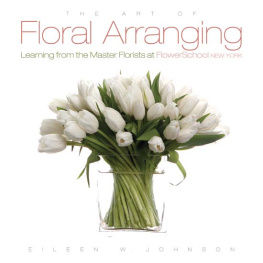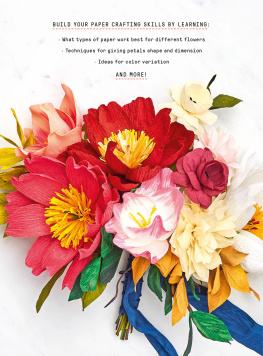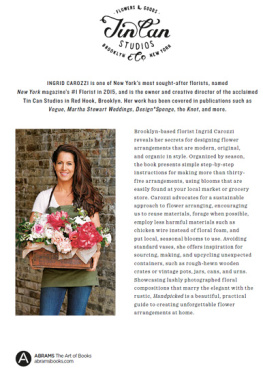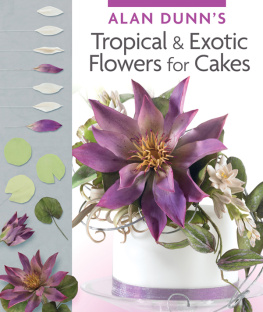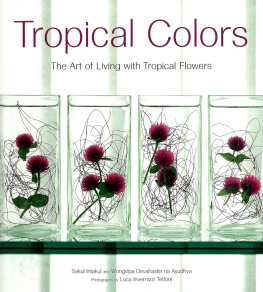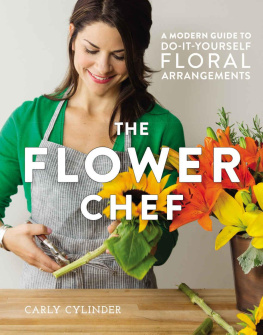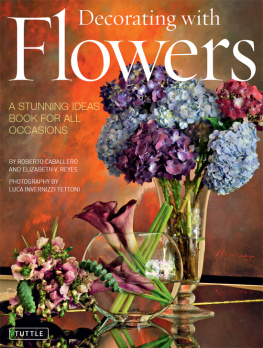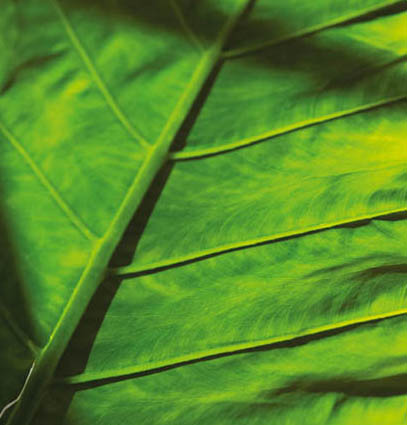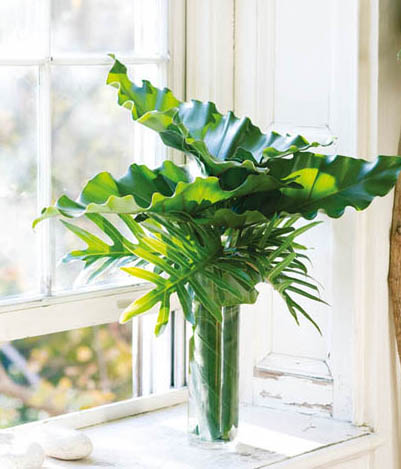Acknowledgments
I would like to thank the many friends and colleagues who helped me put together this book as well as those who put up with me while I wrote the text. First and foremost, thank you to Adrian Mueller whose beautiful photographs made it all possible, and to Felipe Sastre for allowing me to put his vision of tropical flowers into a book. Thanks also go to Angelika Frantzen for the use of her apartment on Washington Square, to Cheryl Hill for her patience and loyalty during the writing of this and other books, Michael Pochna for his friendship and kindness, to Maria Theresa Mata, to Cornelia Guest for allowing us to photograph the greenhouses at her Old Westbury estate, Caribbean Cuts for their magnificent tropical flowers and leaves, Gary Page for his selection of orchids from all over the world, and the New York Botanical Gardens for their expansive library which was so helpful in my research. In our bridal chapter, I would like to thank Jennifer Aviles for her modeling of the bridal gowns, John James for his hair styling and Marie-Josee Lafontaine for her makeup styling. The bridal gowns were graciously lent to us from I Do I Do Bridal in Morristown, New Jersey.
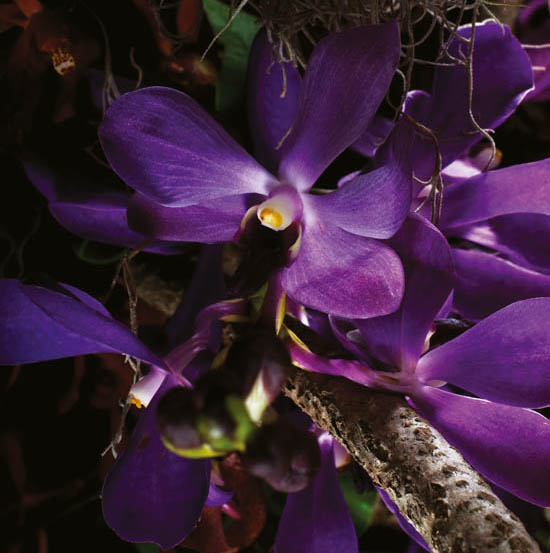
Introduction
For many people, tropical flowers are often whimsical, seductive and alien creatures. Some of them look more like insects or tiny animals. Brightly colored and oddly shaped, they just dont seem to behave like cultivated roses or hydrangeas. Are they modern or otherworldly? How do they work in contemporary environments of glass and steel?
Orchids have long been associated with obsessive collectors, hidden fortunes and erudite amateur botanists. New species are still being discovered and named while at the same time we can find numerous varieties for sale at local supermarkets. I have long been intrigued by their beauty and mystery. For me and for many of the florists whom I work with at FlowerSchool New York, tropical flowers have always been the exotic other.
Through working with a talented florist like Felipe Sastre, I have learned a great deal about the subject. Felipe not only knows how to design with tropical flowers, but he also grew up with them. They are a part of his culture, and his vocabulary, so to speak.
What I have learned in researching this book is more than how to use elephant ears as place mats or how to make a minimalist look with ginger or anthurium. I have a new respect for the vibrant colors of the tropics and a love for the varying colors of greens.
The exotic realm of orchids was characterized by Samuel Beckett who said of the preening aristocratic characters in Prousts Remembrance of Things Past ... they are shameless, exposing their genitals. Indeed, orchids were given their name by Theophrastus, a Greek philosopher who lived between 370 and 285 B.C. He called them orkhis(the Greek word for testicles) because the plant had two tubers in the shape of an olive. Orchids have always seemed seductive. Once again talking of Proust, Swann and his great love Odette called lovemaking doing the cattleya as a reference to the sweet-smelling cattleya orchid that Odette wore the first time they embraced.
Ive learned much about the history of tropical flowers in the west, some of it not so pretty or flattering to Europeans. Many of us think of the Mutiny on the Bounty as a great adventure movie and book, but how many of us know that the Bounty s mission was to go to the islands in the Pacific in order to bring breadfruit to the Caribbean, where it was to be harvested as food for the recently arrived slaves from Africa?
We now live in a society in which exotic fruits, plants and flowers travel the world packed in cargo holds of supersonic jets, where they are readily available to the average consumer in Saint Petersburg, Anchorage, or New York. We can easily forget that there was a time plant hunters risked their lives and fortunes to transport them.
No longer can I look at a magnificent Bird of Paradise flower without thinking that its Latin name is Strelitzia Reginae , named after Princess Charlotte of Mecklenburg-Strelitz, an amateur botanist and a patroness of Mozart, who was married to George the Third of England.
I want you, the reader, to understand the unique beauty of these flowers as well as their continuing ability to be adapted to the modern environment that we live in. They have in all their beauty and oddness completely seduced me and become my new passion. I can only hope that this book will instill that passion in many more people in the years to come.
Greenhouses and Orangeries
It is a cold February morning in the Midwest, the sky outside is gray, snow is on the ground and the trees are skeletally bare. You go into the kitchen and cut open an orange, or maybe you break apart a tangerine and feel the juice dripping on your fingers. You put the fruit in your mouth, enjoying the sweetness of the tropics when, outside, the clouds break and it starts to snow, blanketing your home in a soundless cocoon.
We now take these things for granted in the northern hemisphere, having our sweet morsel of fresh citrus in the middle of a long winter. But for many centuries, these tastes were the purview of the richest of the rich. To have an orange in the middle of winter in the seventeenth century meant that you had to have an orangery in your castle. A winter garden had to be built and kept heated. Orange trees had to be transported from the new world of the tropics by ship over periods of months to years.
The oldest greenhouse in Europe that is still in existence is in Padua, Italy, and is a World Heritage Site of UNESCO. It was created in 1545 in order to develop and propagate plants from around the world to be used for medicinal properties. The greenhouses website reads: The Botanical Garden of Padova is the original of all botanical gardens throughout the world; it represents the birth of science, of scientific exchanges, and of the awareness of the relationship between nature and culture. It gave a great contribution to the development of many modern scientific disciplines, notably botany, medicine, chemistry, ecology, and pharmacy.
The gardens of the Sun King, Louis XIV, were built many years later. They, too, were started for medicinal purposes and evolved into botanical gardens that showcased the breadth and wealth of the French empire.



